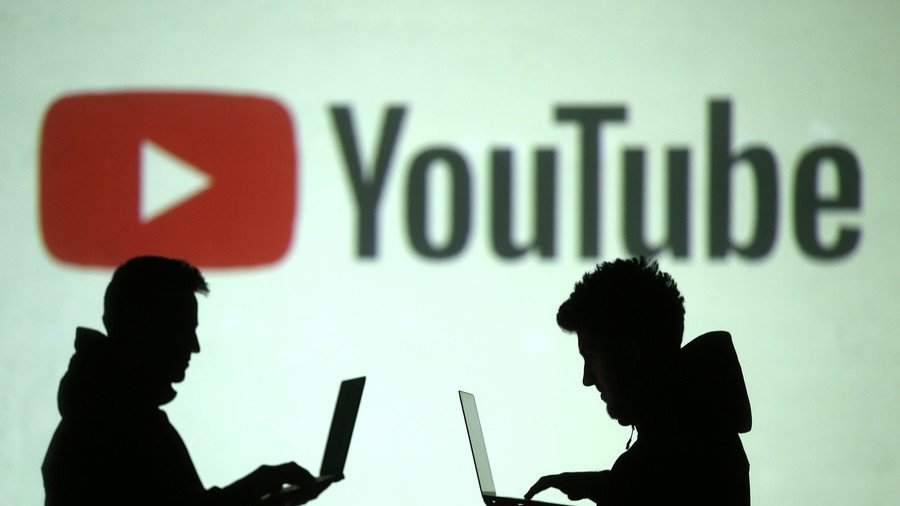YouTube is facing public anger after tinkering with subscription feeds. The video streaming company claims it’s merely trying to help users “find the videos they want to watch,” but the users and creators are not amused.
The new subscription algorithm started displaying videos in a non-chronological order, and it didn’t sit well with some users. Having received complaints on Twitter, the YouTube team said the platform was “currently experimenting with how to show content in the subs feed.”
“We find that some viewers are able to more easily find the videos they want to watch when we order the subs feed in a personalized order vs always showing most recent video first,”the company said.
“Stop wasting our time,” said popular YouTube blogger Ethan Klein, “just erase the sub button already and show us what you want us to watch.”
British politician Nigel Farage was also alarmed by the new policy, remarking on the tendency of big social media to try “to control what you see, hear and think.”
“They are publishing companies with their own editorial positions and should be judged accordingly,” he said.
Many on Twitter expressed fear that the new algorithm was neither experimental nor temporary, but was a long time in development and will most likely be here to stay.
Several YouTube creators alo decried the new rules, saying they could destroy their channels and chase the most creative of them off. Some of them confessed that they had a sneaking suspicion something like this was coming.
“Every subfeed decision for the past 6 years has slowly destroyed my channel,” said one creator, named Whizzy Waiter. “I have felt for a long time that it’s building towards this.”
YouTube, which was bought out by Google years ago and is now a subsidiary of its parent company Alphabet, is not the first social media platform experimenting with the idea of knowing better than its users what they want to see or hear.
Twitter has also changed its algorithm, so that instead of presenting a straightforward newsfeed it prioritizes tweets that have received prior attention and may have a greater chance of being retweeted or mentioned.
Facebook recently introduced sweeping changes of its news feed policy, saying they were designed to make it more about “meaningful” human interaction instead of promoting businesses and news updates.
The updated news feed algorithm is meant to “predict” what posts any given user may want to talk about or share with friends, that will be likely “to spark a conversation.” The company is not saying as to how it would judge that.
Facebook has also partnered up with mainstream media outlets to rank “trusted” news content posted on the platform and enlisted the Atlantic Council’s digital researchers to watch out for “misinformation and foreign interference” during “elections and other highly sensitive moments.”
Both decisions have provoked controversy, as the fact-checkers are overwhelmingly leaning left, and the NATO-affiliated think tank has a habit of labeling any dissenters “Russian bots” or “trolls” despite overwhelming evidence to the contrary.
Social media have come under increased scrutiny by Congress after the 2016 presidential campaign, with Democrats and many media outlets supporting Hillary Clinton claiming that “fake news” and foreign advertising somehow robbed her of the expected victory.

